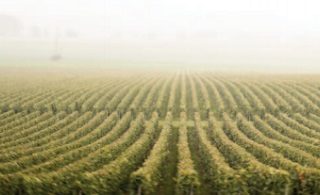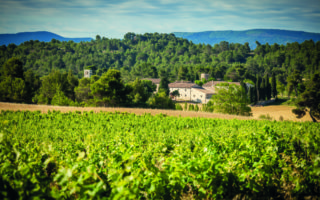The story of Burgundy wines


Why are they so famous?
The Romans introduced the cultivation of wine into Burgundy in the 2nd Century B.C. After the fall of the Roman Empire, the Benedictine monks took over wine production in Burgundy. In order to work out which lands and grapes would be best suited to wine cultivation, they would take samples of the soil, add water to it, letting it infuse for 24 hours before filtering and tasting it! This allowed them to calculate the geological properties of the soil, thereby helping the wine production process. The monks could thereby tell which grape vines would be the most suited to which lands!
After the Benedictine monks, the Cistercians took over the wine production, the Saint Germain (Auxerre) and Pontigny Abbeys in the Yonne were particularly prominent in the wine development process. Burgundy wine started to become renowned from the 14th century onwards, when it was presented on the King’s table, thanks to wine transportation on the river Yonne.
After the revolution in France, lands were separated and broken into small parcels, sometimes families owned just one or two rows of vines, thus giving rise to co-operatives that regrouped the grapes ,harvested by the different owners. With the arrival, in the late 19th century of the phelloxera and then 2 world wars, the Burgundy vineyards were in a sorry state. Only 5000 hectares of wine producing land was left from which to reconstruct the wine industry. And it has taken some very dedicated wine growers and co-operatives to allow the Burgundy vineyards to flourish.
The grapes that are found in Burgundy today are Pinot Noir for red wine, Chardonnay for whites, Aligoté white wine, Gamay (Beaujolais) and Sauvignon which is only to be found in the village of Saint Bris (Yonne). A little Cezar (red wine) can also be found, this is the original grape brought by the Romans!
And with French kings once ruling Great Britain, it’s hardly surprising that they took their wine with them. So Burgundy wines, once transported on the River Yonne are now transported not only to Great Britain but all over the world!
© Jacquie Boulton-Bridoux
Share to: Facebook Twitter LinkedIn Email
More in burgundy, family, land, river, villages, wine, work
By FrenchEntrée
Leave a reply
Your email address will not be published. Required fields are marked *



